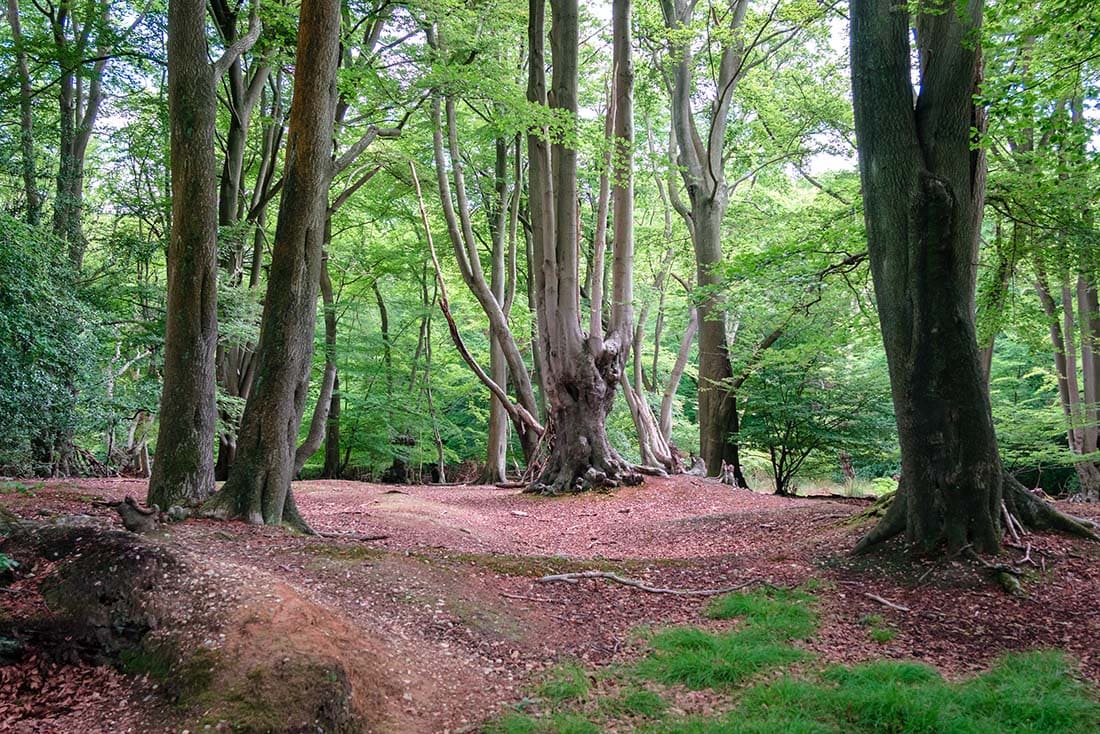This weave starts looking like an oak wood, with is-that-a-path? in a brown ground.
Theres a zip hidden in the tree-trunk one third from the left.

The zip opens – to the left theres a badger, to the right the path is more obvious and leads to a pond, with a large-than-real-life kingfisher. The kingfisher has a woven base, with feathers fixed over.
Maybe the big creatures will be woven separately and sewn on?
:focal(694x527:695x528)/https://tf-cmsv2-smithsonianmag-media.s3.amazonaws.com/filer_public/3d/81/3d81196b-fa6d-4b9e-84ca-edc619273504/badger.jpg)

On the lower ?third of the lower level the wood wide web is obvious. See: https://thekidshouldseethis.com/post/the-wood-wide-web-how-trees-secretly-talk-to-and-share-with-each-other The trunks show the communication between the trees as in https://www.bbc.co.uk/news/av/science-environment-48280832 wide web
As well as the badger and kingfisher, there’s a barbastelle bat, a purple emperor butterfly, and a salamander, With oak-friendly moths. The smaller creatures maybe appliqued?
The whole thing, folded out, becomes a triptych – so the top ‘layer’ needs to be two-sided. Its only attached on the left and right borders. Maybe metal weft would help here?